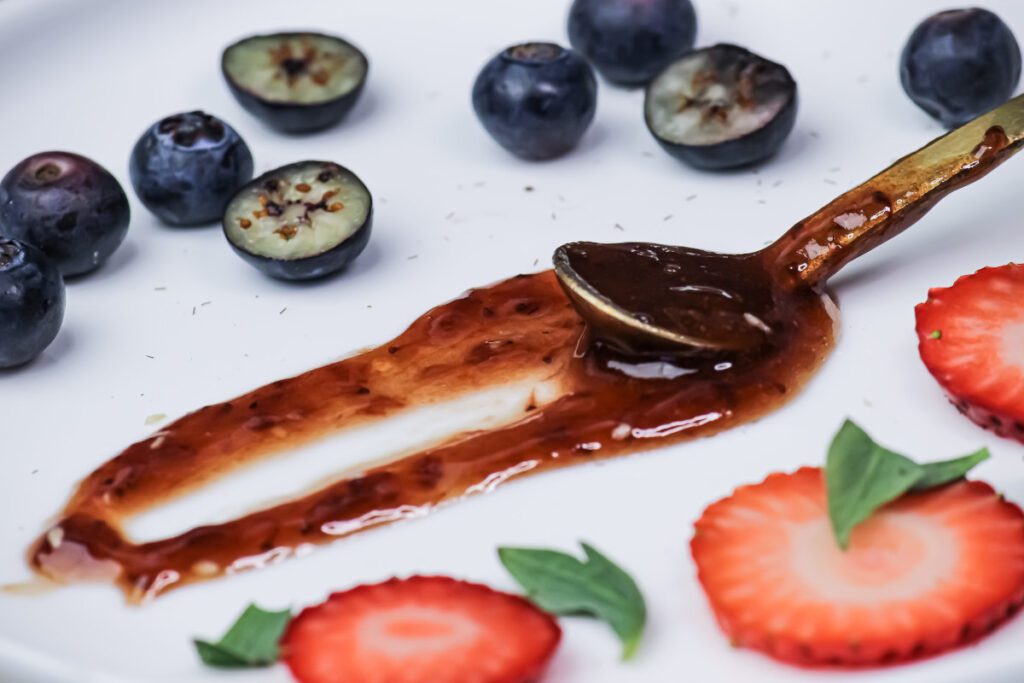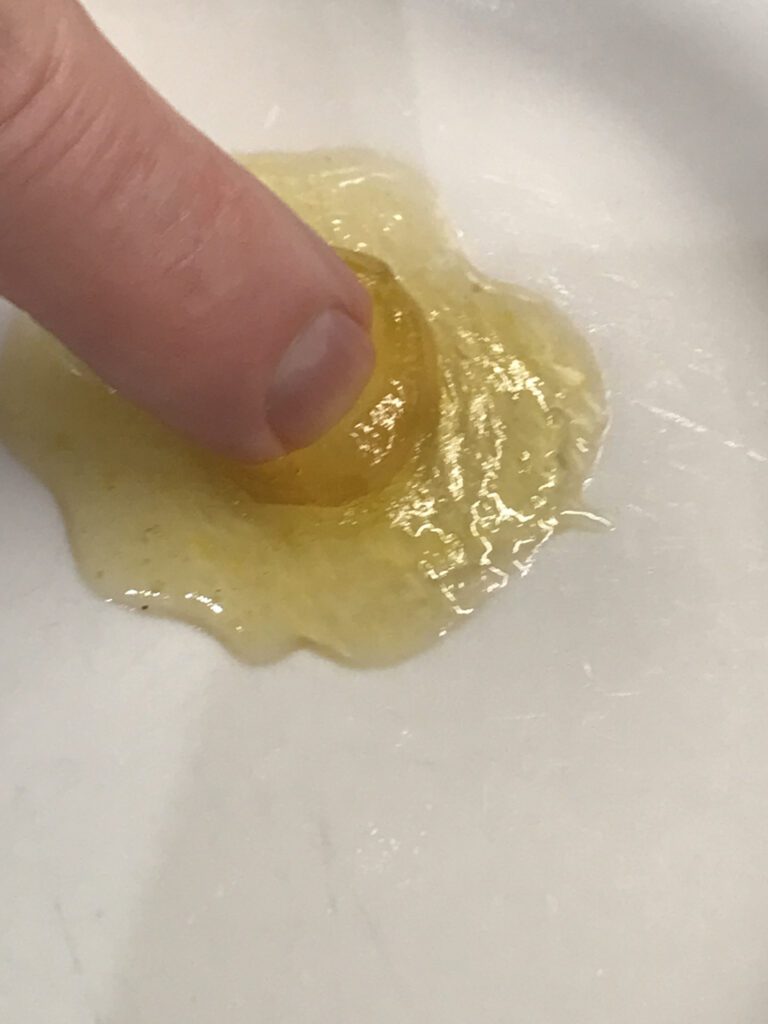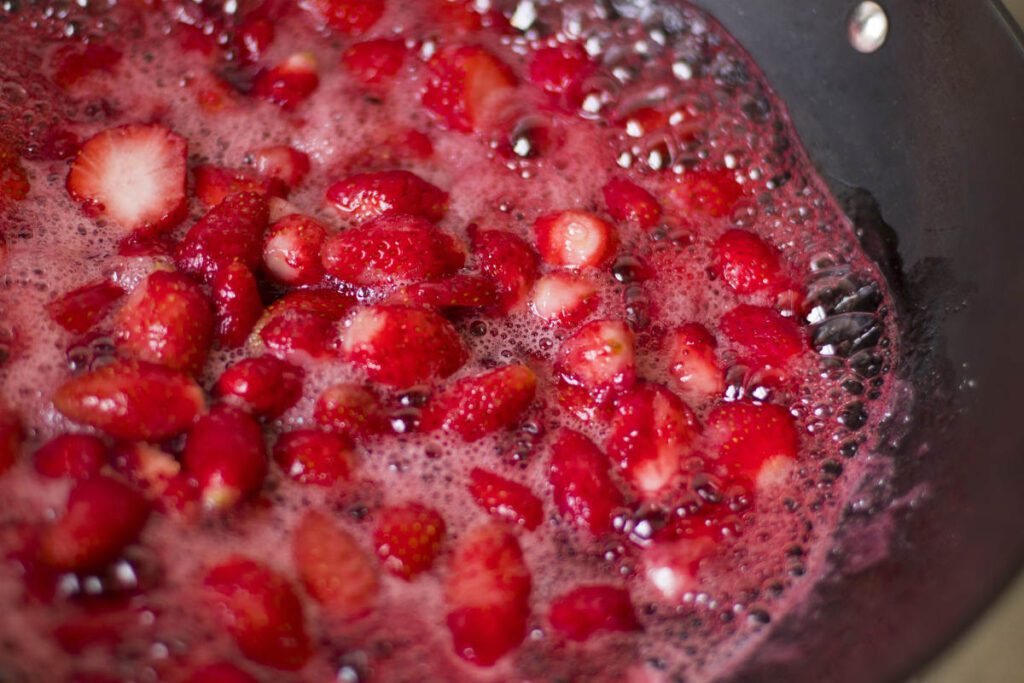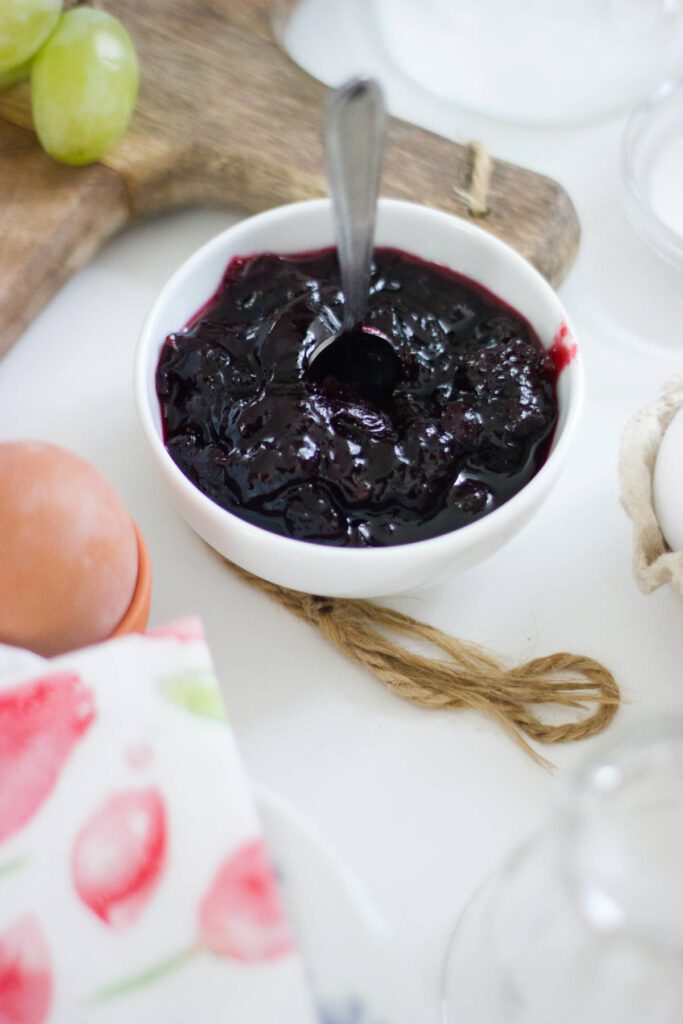In the fascinating world of homemade jams and jellies, the sweet aroma of simmering fruits and sugar can fill your kitchen, but this is also where mishaps and challenges are part of the journey. Fear not, fellow preserve enthusiasts, for hiccups, like problems with the set of the jam or jelly, are common and can happen to anyone who dares to make their own.
Sometimes there’s a clear cause for the issue, while other times, it might be a mysterious combination of variables that come together to create an unexpected outcome.

In your quest for the best homemade sweet preserve, you’ll encounter a variety of bumps along the way – from strange tastes and textures to cracked glass jars, and everything in between. The good news is that many of these mishaps can be remedied or partially resolved, allowing you to salvage your creation or find alternative ways to use it. However, in some cases, you may need to discard the jam or jelly and chalk it up to experience.
Remember that learning and experimenting are integral parts of the process. You’ll discover new flavour combinations and techniques, some of which will be a revelation, while others may fall short of your expectations. But don’t let these experiences stop you from continuing to create your own preserves, as each trial brings valuable insights to help you improve and refine your skills.
So, let’s explore one of the most common issues when making homemade jams and jellies, the magic of realising a satisfying ‘set.
Jam not setting
This is probably the most common question asked when you are starting to make homemade jam and jelly. Versions of this question can be about the jam not setting, wondering why the jam didn’t set or the jelly didn’t set. It can also be expressed with frustration that the jam won’t set, the jelly won’t set or the jam not thickening. And even the sense of just not being able to achieve a set jam.
A ‘poor set’ refers to the jelly or jam either being runny or too thick.
Problems with the setting of the jam/jelly can happen for several reasons including:
- using over or under-ripe fruit
- too little or too much sugar
- too little or too much pectin
- too little or too much water/liquid
- jam/jelly cooked too little or not long enough
TOP TIPS:

Choose your preferred method of testing for a jam/jelly set. Get to know this method well.
Supplement it with a second method to check for when the jam is set or getting too thick.
Learn to read the signs of what the jam/jelly starts to look like as it gets closer to this golden point. This only comes from practice. What a great reason to keep making jam and jelly!
I always use both a thermometer to confirm the jam setting point temperature as well as a plate in the fridge for the Wrinkle test.
I have also found that if it looks or feels too thick on stirring, then it probably is!
My jam is too runny
Remedy
Boil the jam for longer. This can help to reduce any excess liquid that remains and that may be keeping the jam runny.
Add more pectin in stages. Whether this is lemon juice or commercial pectin.
Start with another half of the amount recommended in the recipe, stir it in well and cook through. Then re-test for the set. Repeat this step if necessary. Keep in mind that the jam/jelly will also thicken further as it cools.

Once the set point has been reached, ladle into clean sterilised jars and seal.
Add some more fruit if this is available. You can either add more of the same fruit or a complimentary fruit. In an ideal world, you could add a fruit with a higher pectin content. These options can increase the overall amount of pectin available to support reaching a set point.
Do a taste test to see if the overall flavour still works.
Keep alert as these remedies can have the effect of the set point rushing towards you. This will bring with it the risk of the jam becoming too thick…So just carry out your preferred runny jam fix slowly until you reach that set point.
My jam is too firm
Remedy:

*NOTE: Just redo one jar of your jam to start with to see if any remedy will work.
Empty the thick jam into a saucepan. Gradually heat the mixture, stirring regularly so that it does not burn.
Add 2 tablespoons of warm water to the pan, stirring constantly until the mixture appears and feels softer. Test for the set.
If this technique appears to be working add a bit more warm water in 2 tablespoon amounts, stir through and re-test for the set.
Once satisfied, return to a clean sterilised jar and let it cool completely. You will only be able to discover what the final texture is when the jam has cooled as it thickens further with cooling.
If you assess that this remedy has improved things you may want to go ahead and do the same for the rest of the batch.
*NOTE: A too-firm set is not easy to remedy, so you may have to get creative with ways that you can use the thick jam.
Creative examples:

- Add some water to some jam and warm it in the microwave to thin it out. Then you can either use it as a sweet spread, as a fruit sauce for desserts or as a glaze/stir through savoury dishes.
- Putting cubes/pieces of thick jam into a biscuit mix, rolling it in some flour and stirring in a cake batter, using in jam tarts or adding it to the centre of muffins/cupcakes can be a tasty solution instead of throwing the batch away.
On the journey through the delightful yet sometimes challenging world of homemade jams and jellies, it’s essential to remember that mishaps are a natural part of the process. There may be hurdles that you may encounter before, during, and after making your sweet preserves. While some of these experiences may feel discouraging, they’re certainly no reason to feel disheartened or consider your efforts a failure.
I encourage you to continue with experimenting with new techniques, flavours, and methods in the pursuit of your ideal homemade jams or jellies. Each challenge you overcome will help to develop your skills and confidence in the kitchen. With patience, practice, and perseverance, you’ll soon be creating tasty preserves that not only bring joy to your taste buds but also become cherished gifts for your loved ones and friends.
Enjoy each success and let setbacks be your stepping stones towards mastery. After all, the sweetest rewards often come from the lessons learned along the way. Happy preserving!